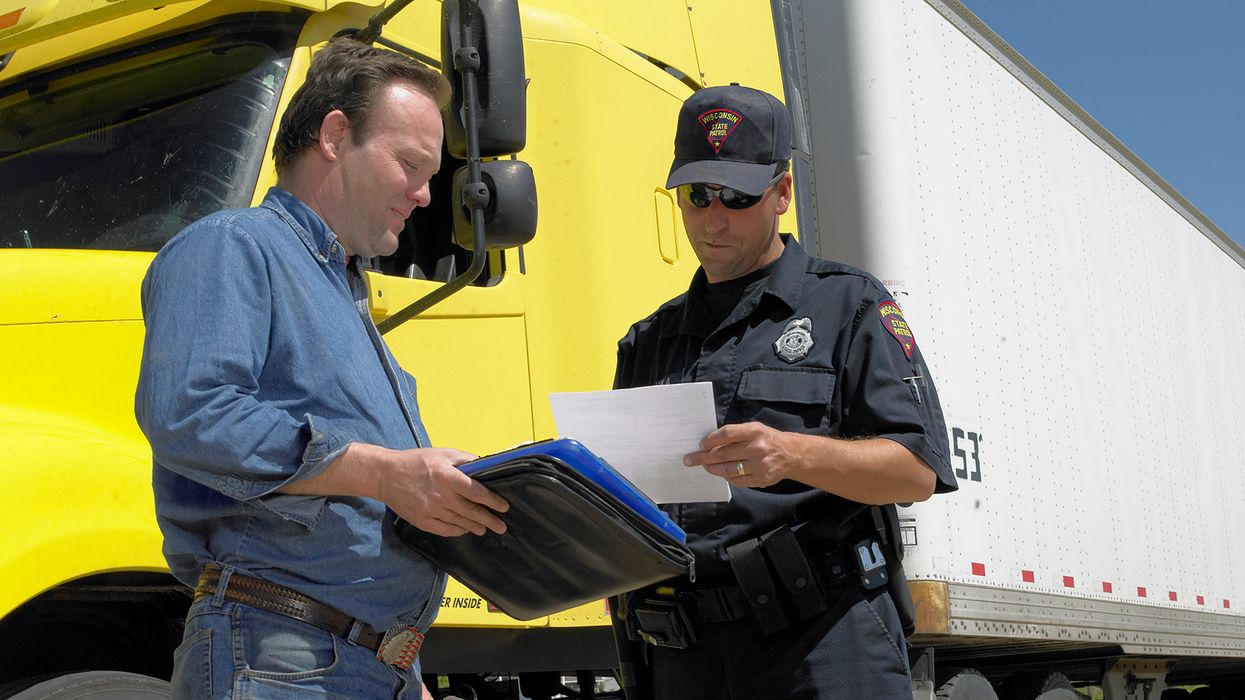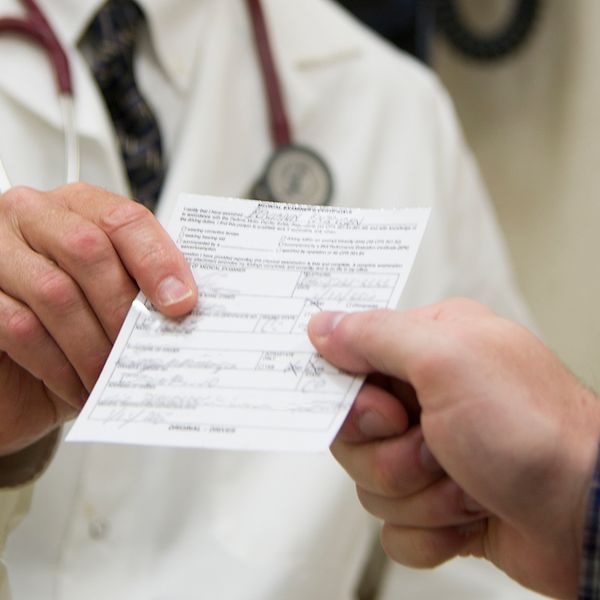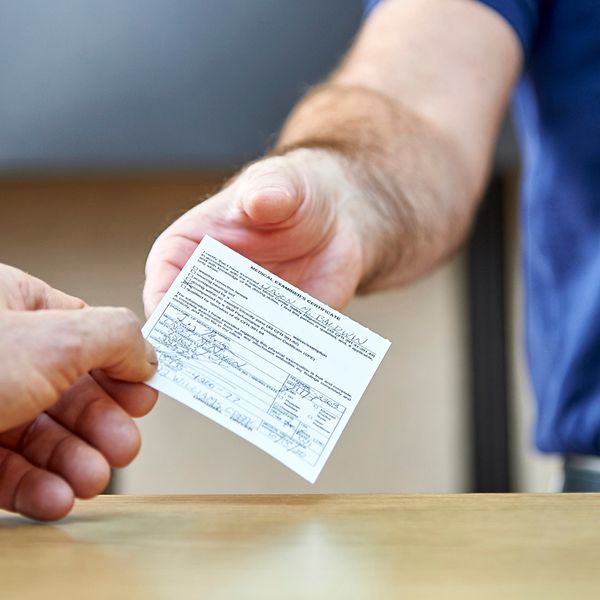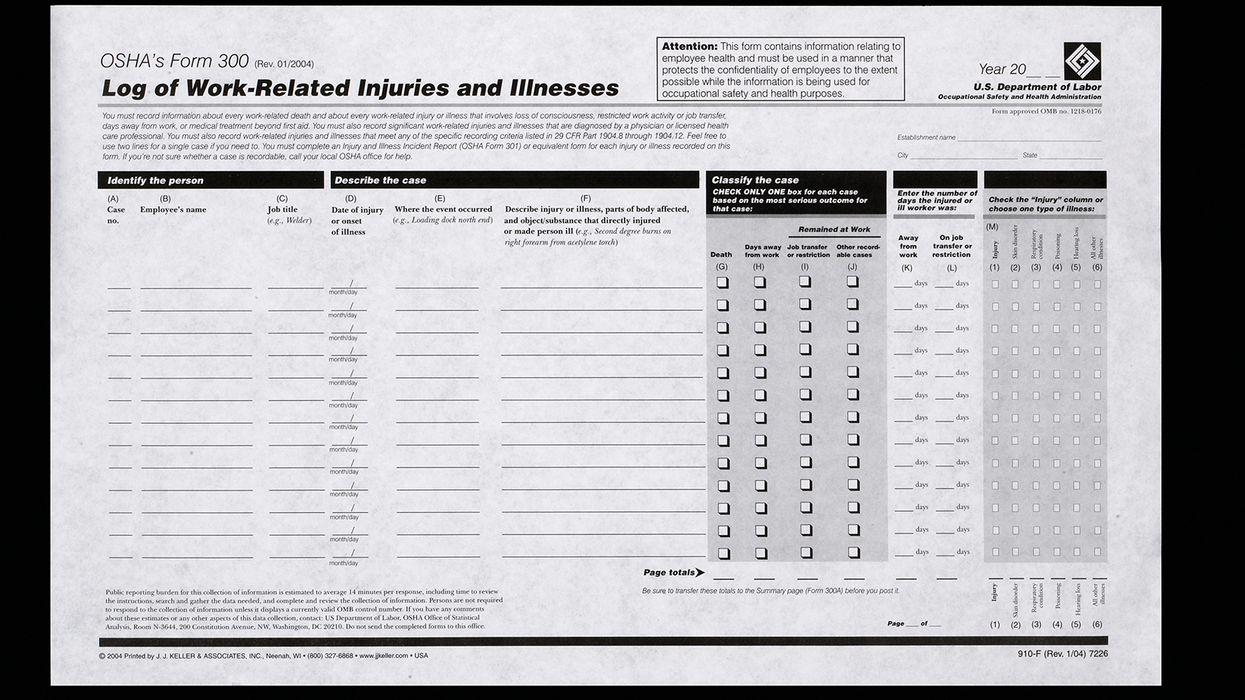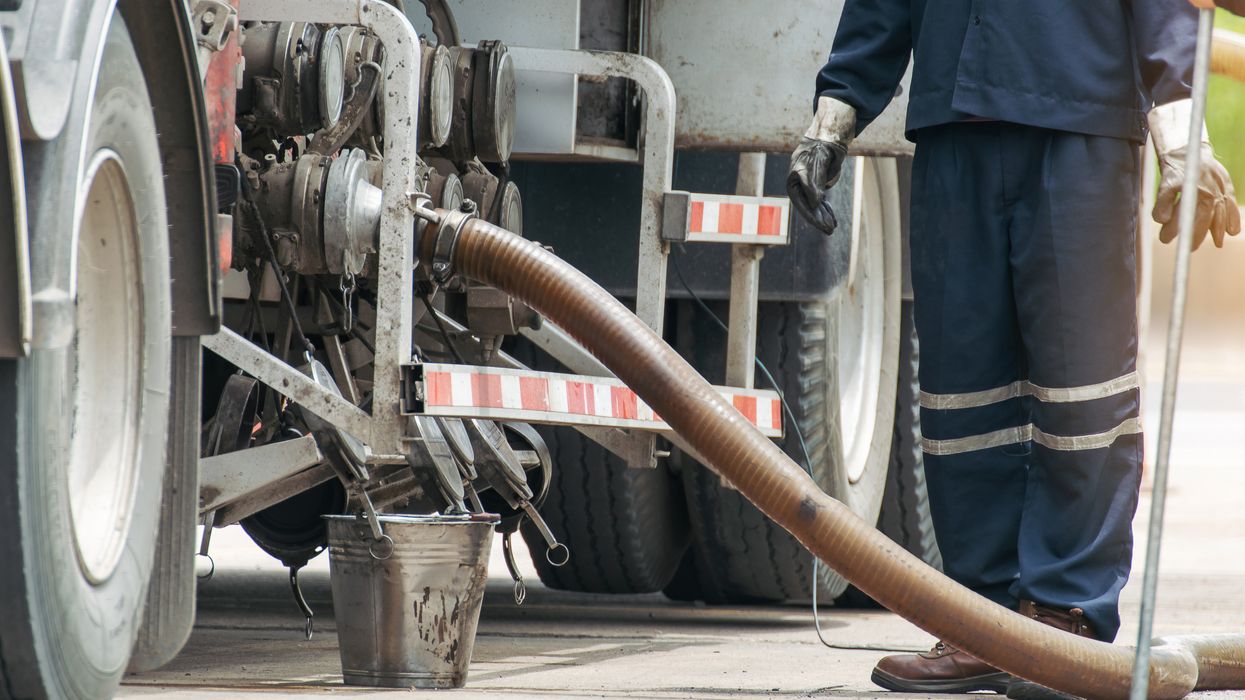Violation frustration? Maybe the state didn’t receive proof of valid medical card
Despite most drivers trying to jump through the proper hoops, carriers are sometimes forced to deal with a CDL driver being written a violation for 391.41(a)(1) (no or expired medical card), 383.71(h) (medical card not merged with CDL), or worse, 383.23(a)(2) (no CDL) following a medical examination. This occurs because a CDL driver’s medical information on file with the driver’s state driver licensing agency (SDLA) has expired.
Here is the sequence of events that leads to these violations:
- The CDL driver’s medical information on file at the SDLA expired.
- Initially, if the driver is pulled over and inspected, the driver will be written a violation of 391.41(a)(1) and placed out of service, unless the driver can present a valid medical card.
- If the driver can present a valid medical card but it has been more than 15 days since the examination, the driver could also be written for a violation of 383.71(h), for not having provided the SDLA with the new medical information (in most cases, the officer will not cite this until it has been 60 days since the examination).
- If the medical information the SDLA has on file has been expired for a specific period (normally 60 days or more), the SDLA will “downgrade” the driver’s CDL. This means that the driver no longer has a valid CDL. At this point, if the driver is inspected the driver will be cited and placed out of service under 383.23(a)(2).
Problems that occur
There are common problems and situations that lead to these violations. These include:
- The driver did not submit the new proof of qualification to the SDLA.
- The state did not receive the proof of medical qualification. In many cases this was the result of a technical issue in the online submission or an internal issue at the SDLA.
- The state could not accept the proof of medical qualification. This could be due to the card being unreadable, or other issues, such as the medical examiner’s National Registry of Certified Medical Examiners (NRCME) number was not valid.
How do carriers prevent this?
How do carriers prevent these violations? By following the regulations and using best practices, including:
- The driver doing the medical examination early. The best practice is to do this at least 15 days before the current medical qualification expires.
- The driver immediately providing the SDLA with a copy of the new proof of medical qualification. Generally, this is a copy of the medical examination certificate, or medical card. Providing this information to the SDLA is required under 383.71(h) and providing it as soon as possible is a best practice. Another best practice is for the driver to carry a copy of the new medical card for at least 60 days.
- FYI: Within 10 days of the driver submitting the new medical qualifications, the state is to place the new medical qualification information on the driver’s motor vehicle report (MVR). This is required in 383.73(o)).
- The driver providing a copy of the new medical card to the carrier. The carrier then verifies the examiner is listed in the NRCME as is required in §391.51(b)(8). If the examiner is not, the driver must start the process over and do the examination with a medical examiner that is on the NRCME.
- Within 15 days of the exam, the carrier running an MVR and verifying the medical information has been updated and placing a copy of the MVR in the driver’s qualifications file (this is required in §391.51(b)(6)). If the new medical information is not appearing on the MVR, the carrier puts the driver in contact with the SDLA to find out what happened. Once the problem is corrected, another MVR is run to verify the new medical qualification information is appearing, and this MVR is then placed into the driver’s DQ file.
Key to remember: Improving processes can help prevent violations related to a CDL driver’s medical information not being on the MVR.

